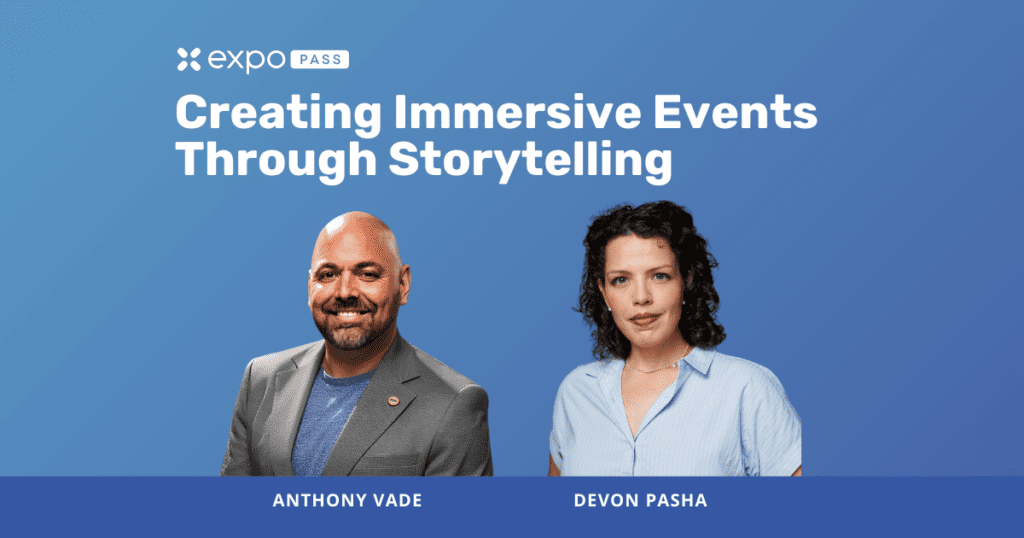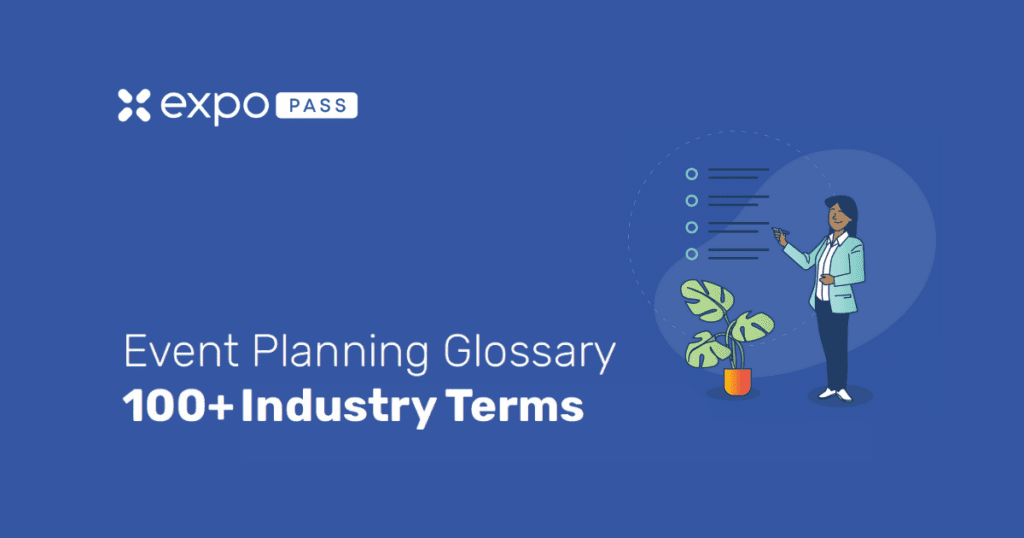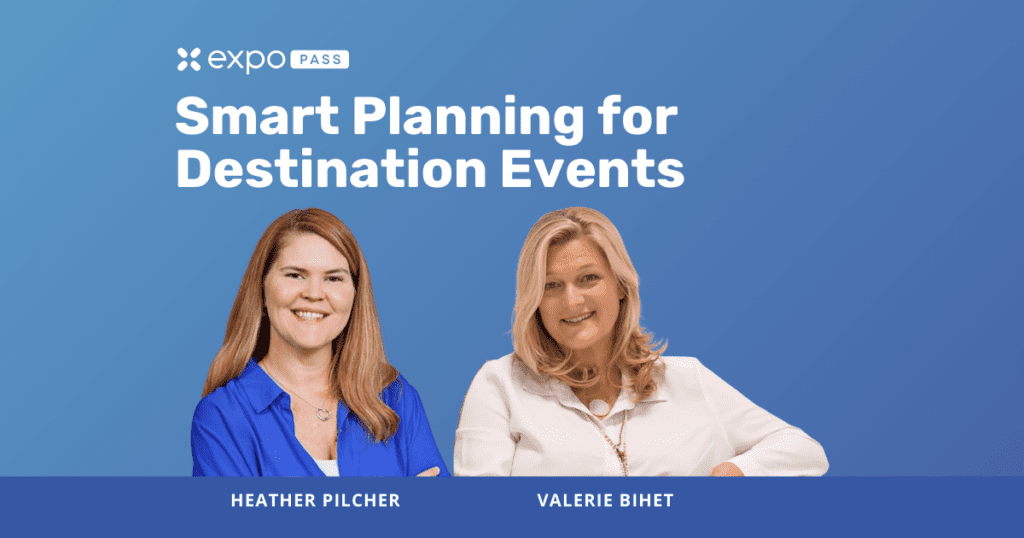Sometimes keeping (attendees) engaged is literally just talking to them […] asking a question, just something that shows, […] ‘I want to make sure you know we’re here, and we want to help you.’” – Channing Muller
That’s just one of the many insights from our recent webinar, Don’t Lose Attendees Between Event, featuring two of our favorite event marketing experts: Melissa Park (Melissa Park Events) and Channing Muller (DCM Communications).
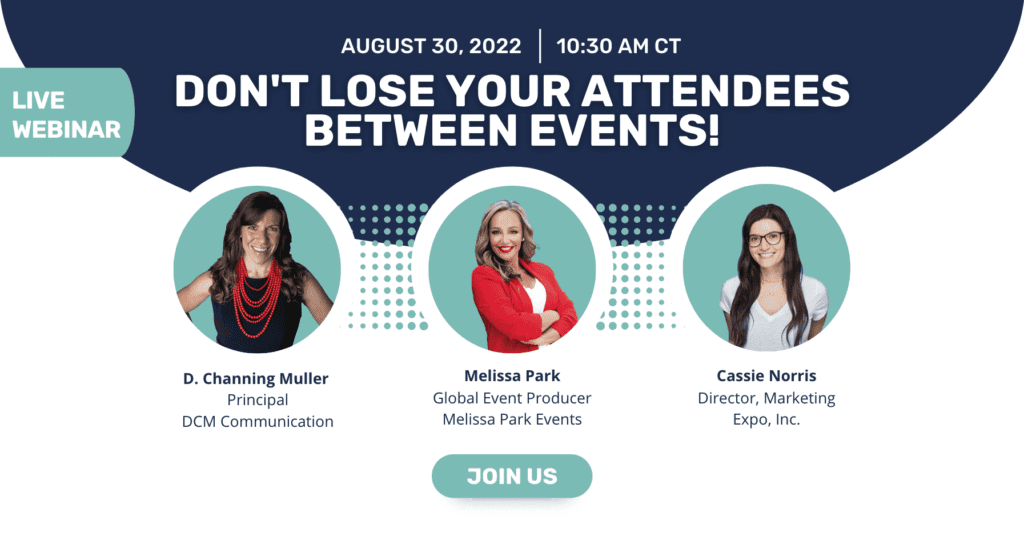
Both Park and Muller provided enormous insight on creating engaging content, utilizing event data, writing awesome emails people will actually open, and many more ways to keep your audience engaged 365 days a year.
Check out the replay of our webinar: Don’t Lose Your Attendees Between Events! Or read below for the full recap (including a few bonus Q&A answers and Melissa Park’s personal marketing strategy for sell-out events).
Why is it beneficial to stay connected to attendees between events?
“You can’t just go to people when you want something from them.” – Channing Muller.
Muller and Park both pointed out that organizers don’t want to be like that salesperson who only comes around when they want you to buy something, or in our case, register for events. Attendees will see this strategy as just a way to make money, and not something that keeps them interested in your brand.
Instead, event organizers should focus on creating real connections with their audience. This could be through exclusive content, personal outreach, or even just fun posts. The key is to make a human connection with your audience, rather than only asking for a purchase.

What kinds of marketing can be done between events?
“Keep the conversation going with valuable content. Do not spam people, because that will end up in unsubscribes.” – Melissa Park
It all comes down to putting out quality content between events. To make this easier, Park suggests organizers capture as much video, photo, and b-roll as they can during the event. She says it even helps to have a list of shots you want to capture that you can give your video and photo team.
Park and Muller both emphasized that there is no perfect place to post content, you simply need to go where your audience is. Find out if they use Facebook, Instagram, LinkedIn, etc. Then market to those areas. In Muller’s words, “you have to go where the money is.”
Muller also added that email is still where conversion happens. People may take breaks from social media but they are always checking their email, even if they are on vacation. Also, if they trust you with their email – then they trust your brand.
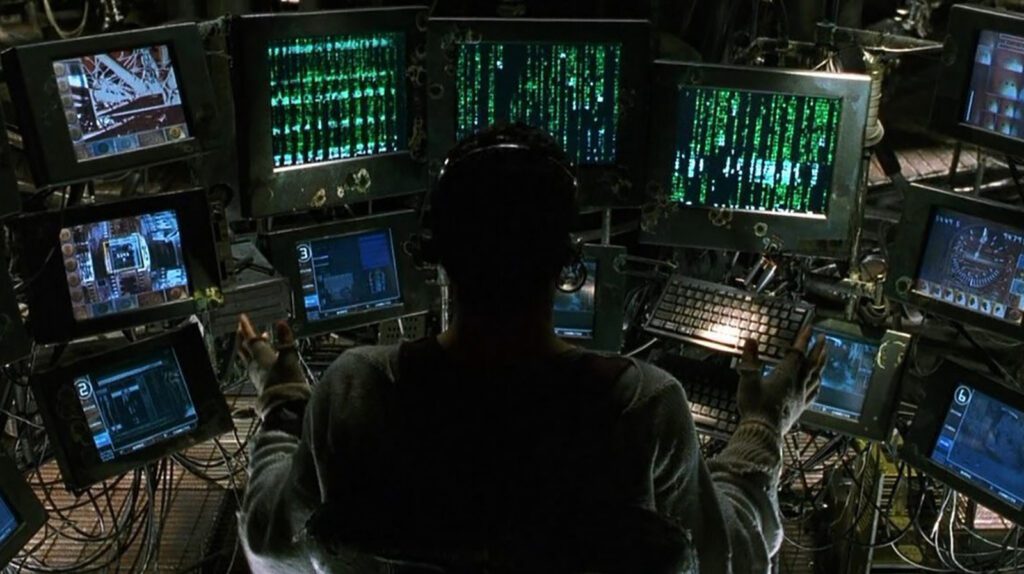
What can you do with all your event data?
“Where were people? What were they most engaged with? […] That tells you what you should be talking about in all the other areas” – Channing Muller
Your data tells you exactly what your audience likes best. For example, if a majority of people attended a certain session or type of session, then that’s the topic that you want to push most.
Park also added that your data can show who may have wanted to attend a session, but had to miss it. For example, if someone misses one session out of a series, but were there for the rest, then they were probably just busy. So go ahead and send them that one session, they’ll appreciate it!
Muller and Park both talked about how segmentation of your data (or breaking it up by different audiences) is key. This way you can send targeted email content to only the attendees that attended certain sessions or have similar interests.
It all comes down to email “open” and “click-through” rates. The more focused the email, and the less broad the audience, the better chance people will be engaging with your emails.

Do calls help with engagement?
“If you have an audience that will take the calls and is interested in having a chat … then that’s a great way to get some quick answers and gauge people’s interest in whether they are going to register or not. – Melissa Park
Not everyone likes to pick up the phone, but if you have an audience that will then don’t hesitate to jump on a call and chat and make a real connection.
Muller also noted that organizers should start by calling attendees that are most engaged with the emails but haven’t registered for the event yet. We’d add that the same theory goes for Facebook, Instagram, LinkedIn, etc. Only reach out to those that are most engaged with whichever platform you are posting on.

What do you do when unsubscribes happen?
“My first question, as a response would be: Did you send that email out to everyone? Or did you send it to a segmented list?” – Channing Muller
We all want to feel like emails are crafted just for us. We want to feel special. So to put this in perspective, if attendees start getting emails that don’t meet their interests, they will probably unsubscribe. Attendees could also unsubscribe if there are too many emails in a row, or at the wrong time of the day.
But as both Muller and Park pointed out, unsubscribes are not such a bad thing. These are often people who have simply moved on. Unsubscribing is a natural thing that can pare down your email list – and even bring up your click-through rate!
The bottom line is don’t be bummed about unsubscribes. Use it as an opportunity to refine your pitch and then focus on your most dedicated audience.
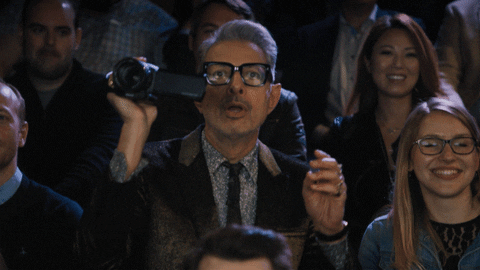
What can you do with all of your event footage?
“The list is as long or short as your creativity. That’s why I always say capture everything possible so that you’ve got so much content to work with.” – Melissa Park
All the raw footage from your event (video, photos, panels, interviews, etc.) forms the basis of your marketing campaign between events.
Simply recut footage to make sizzle reels and Instagramable stories. Add text on the screen to videos. Resize video to make it more consumable on phones. Ask a speaker to do a voice-over to keep the content fresh. The possibilities are endless.
Muller also pointed out that when you want to draw attention to a written article or email – a video or photo to accompany it will help create a bigger impact. This could be as simple as two friends shaking hands at your event – it will still draw people in more than just words.
Bottom line, when you need to communicate with your audience between events, your event footage will get you there.
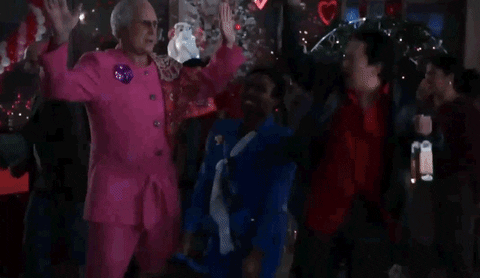
How can you make your attendee feel like they belong to a community (rather than just being targets of a sales pitch)?
“Really leaning into the community and making them feel like they are part of it, asking them: What topics do you want? Having them voting on it. They can really help, and they are more than happy to guide the program creation.” – Melissa Park
Reach out to your audience and get them involved. Make them part of your process. Muller also noted that once you find out what they want, you can create an event that you know they will buy into.
Both Park and Mueller talked about the importance of creating your own groups on Facebook and Linkedin. Here you can ask attendees questions, respond to comments, and create a place where people can get exclusive content. It also means you can send less emails!
Another way to create community, Muller pointed out, is to join groups with similar interests as your event. For example, if your event is fitness related, then you may want to join groups related to nutrition, hydration, workout gear, or all the other things attendees would enjoy.
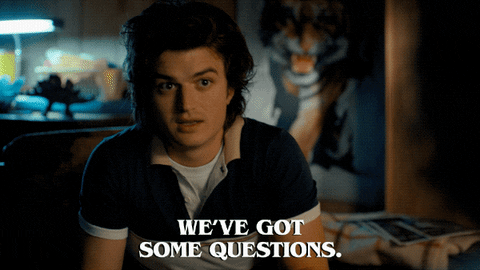
Bonus Q&A!
We didn’t have time to answer all of the questions live, but luckily our generous guests were happy to send in the answers for us. See below!
Should you use incentives to get people engaged with or signed up for your event?
Melissa Park Events Reply: My first thought is absolutely not. If you’ve designed an event that truly has your target market’s needs in mind you shouldn’t have to incentivize them beyond the content itself. However, interestingly, this question actually came up on a call I had last week with a brand new client. They are experiencing a little PTSD because their most recent roadshow series had incredibly high no-show rates and very poor attendance.
Having delved a little deeper, the factors that contributed to these results were very clear, to me at least. After two decades of studying the impact of event marketing mistakes, I know all too well that once “you’ve done your dash” with your target audience, it often takes something a little extra to grab their attention and get them to give you another chance.
Ideas were thrown around like gift cards or partner credits to which I asked how either of these ideas would help their business. I asked them several prompting questions and we landed on offering those WHO ATTEND a significant discount on one of their certification training courses. By way of a discount, this offer benefits the attendee, but it also enables my client to get more eyes on their training courses, which will hopefully be enough to increase attendance and will also drive additional revenue into the business. A win for everyone!
While sending emails as part of your marketing campaign how do you break through the inbox clutter? What have they seen be effective?
DCM Communications Reply: I think many experts, myself included, would say to look at the data for the day of the week and time of day you have historically seen the highest open rates and go with that for promotional sends.
However, even with the perfect sending time, your subject line is what gets them to open, or at the very least, not delete immediately and hold the email to be read later. Make sure it offers an incentive to open. If you give away all the details in the subject line, they have no reason to read. Same as if you want people to click through to your landing page and provide all details in the email content itself.
I outlined some tips on effective subject lines for the DCM blog and many of these are standing the test of time.
New data shows that using brackets will help you stand out. Such as:
– [DOWNLOAD] Make event marketing even easier with these tips
– [GIFT INSIDE] Event TBD is back and providing a special offer to YOU
The best thing you can do for cutting through inbox clutter is to create A/B tests for all event subject lines to see what works best for YOUR audience. Best practices can only get you so far.
Is it beneficial to hold mini events between your major events, such as a webinar or small group round table discussion?
Melissa Park Events Reply: My short answer is yes, BUT they have to make sense and be in the format that is preferred by your audience. I mentioned during the webinar that my portfolio is primarily made up of tech startups. Many of their audiences are developers. Developers love a Meetup to continue the conversation and grow their communities between conferences so we host monthly Meetups to discuss a topic of interest based on our conference tracks. After two years of virtual events, webinars are not of interest to this group, and roundtable discussions are a little too formal.
The key to event success is knowing your audience and delivering a program that solves a problem in a format they enjoy while simultaneously enabling you to achieve [READ: exceed] your business goals and objectives.
If you’ve been struggling with this, I’ve created a free resource that walks you through the exact steps you need to take to produce a highly successful sold-out event. Download 7 steps to sold-out events for free today!
Bonus Resource!
Mellissa Park sent over her personal event marketing plan: 7 Steps to Sold Out Events! It’s essential reading for organizers and will help you hit the ground running when getting the word out about your event.
Give your attendees more of what they want most!
One of the biggest takeaways from our guests is that you always want to be giving your audience more of the things they enjoy.
Start by figuring out where your attendees consume content (Instagram, Facebook, LinkedIn, etc.) and focus on posting there. Using event data to find the topics your audience is most interested in is a winning strategy. And joining some groups online or meetups with your audience will help you stay current with what’s on people’s minds. In the end, it’s all about the audience, so just focus on giving them more of what they want!
